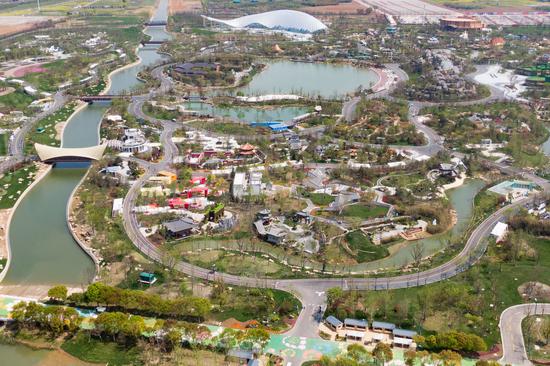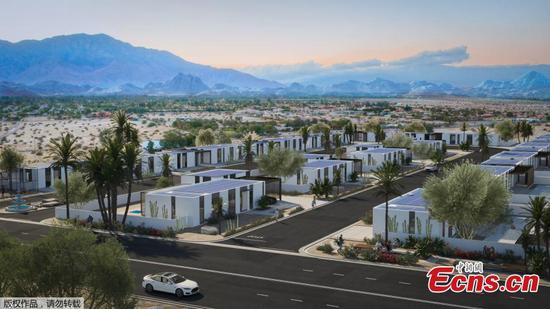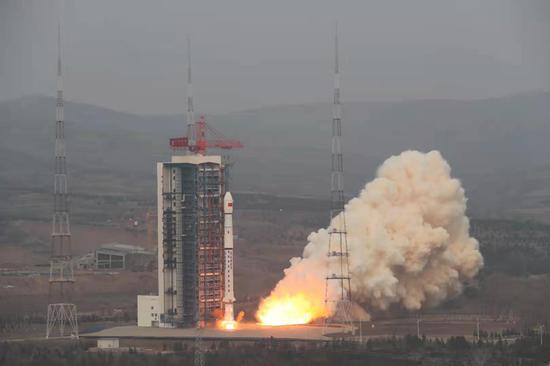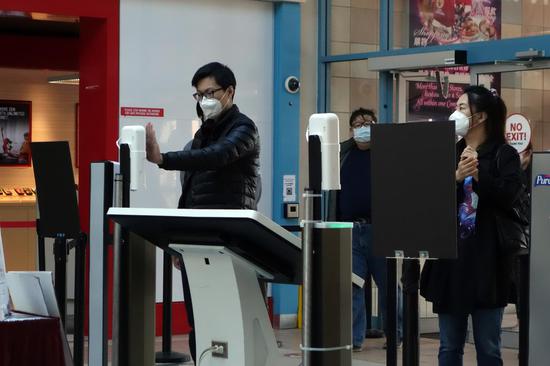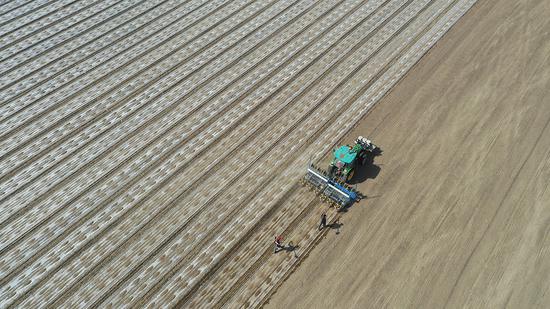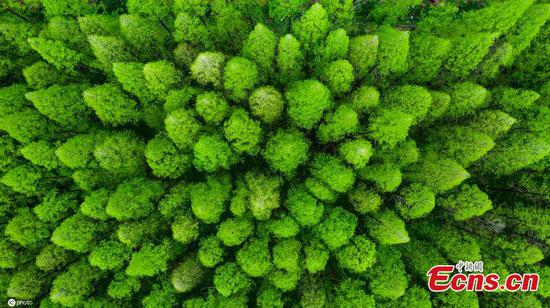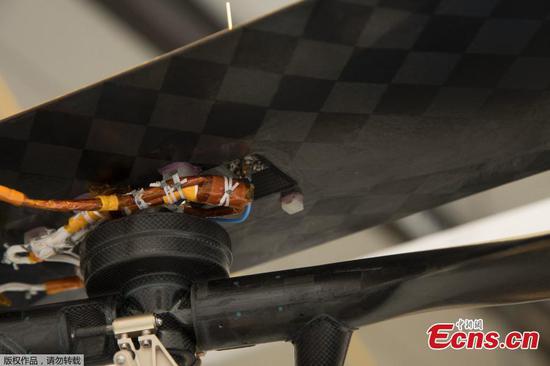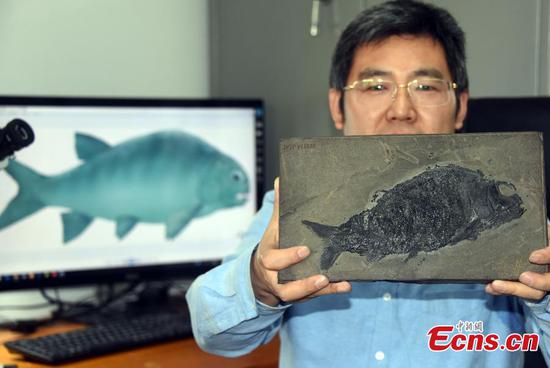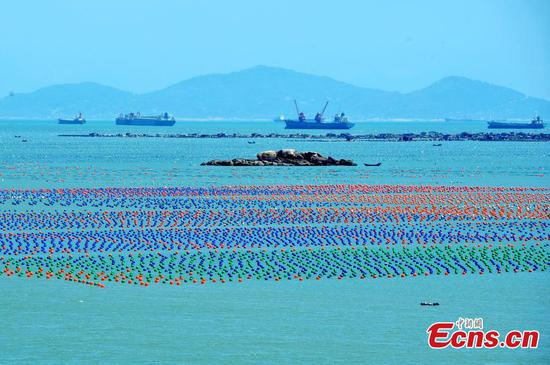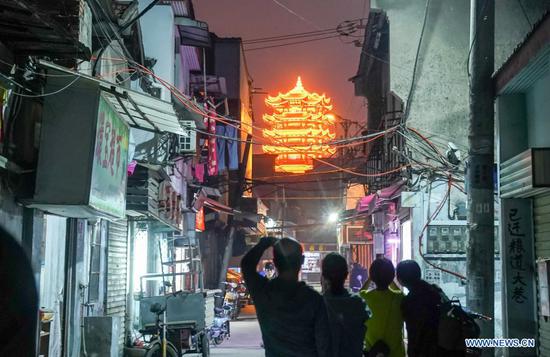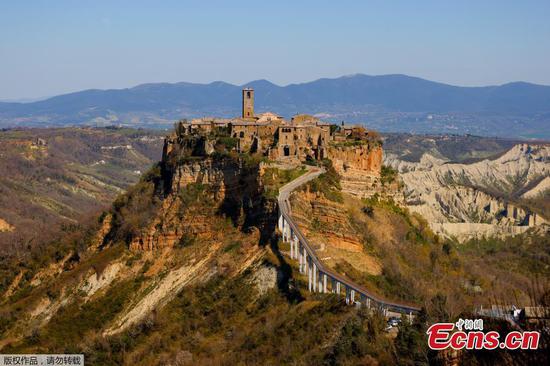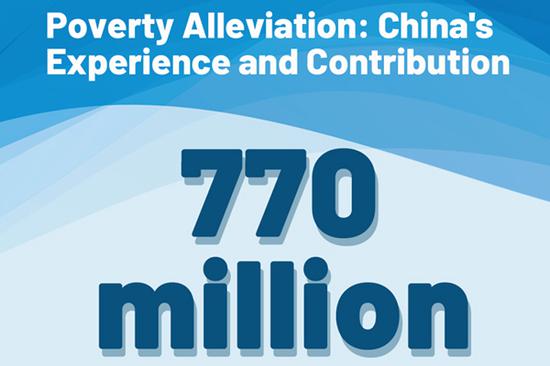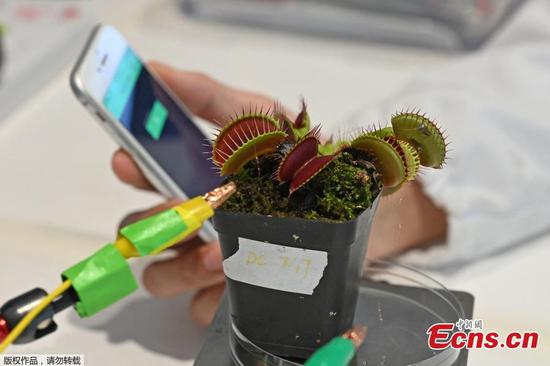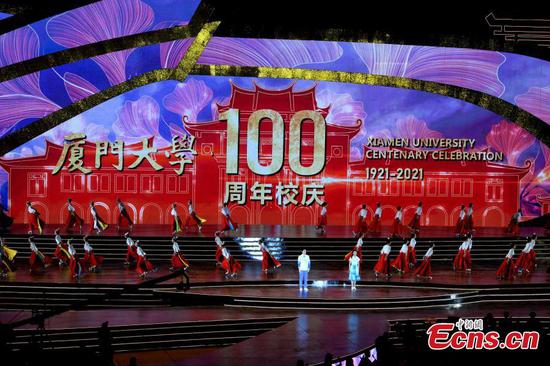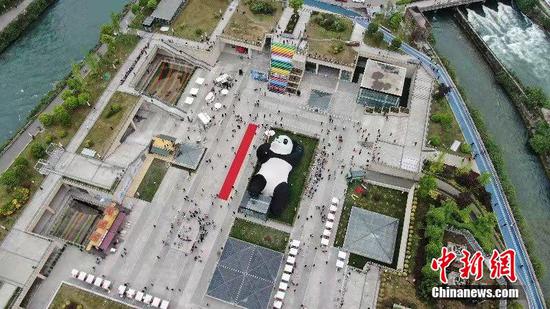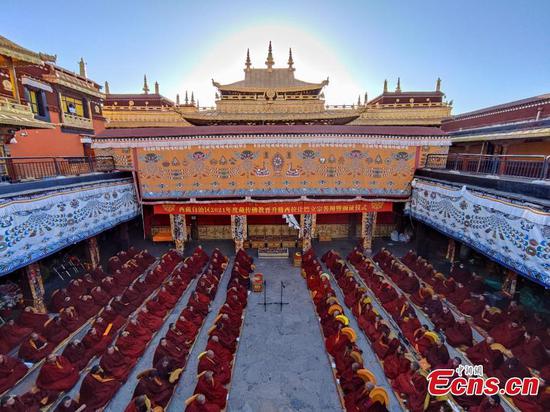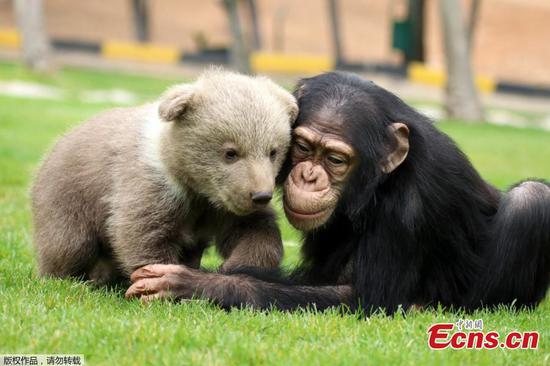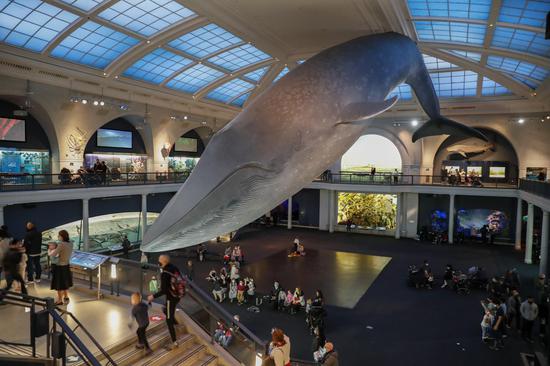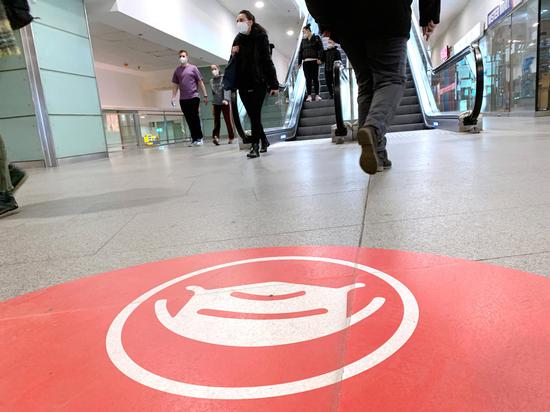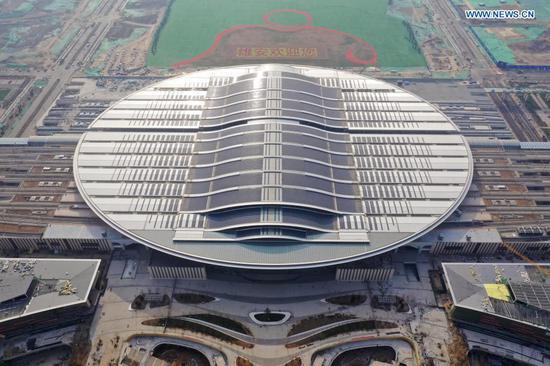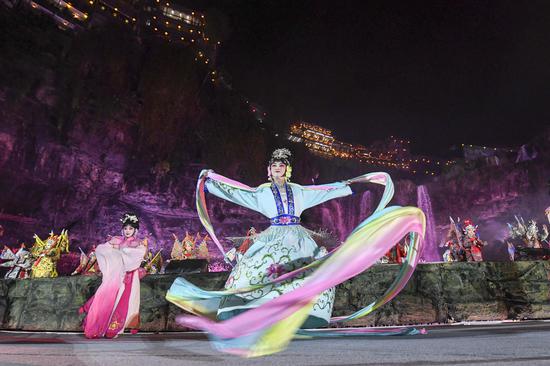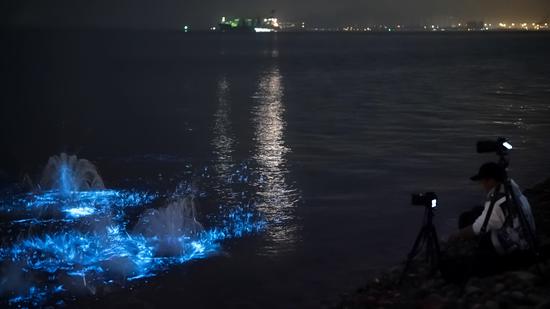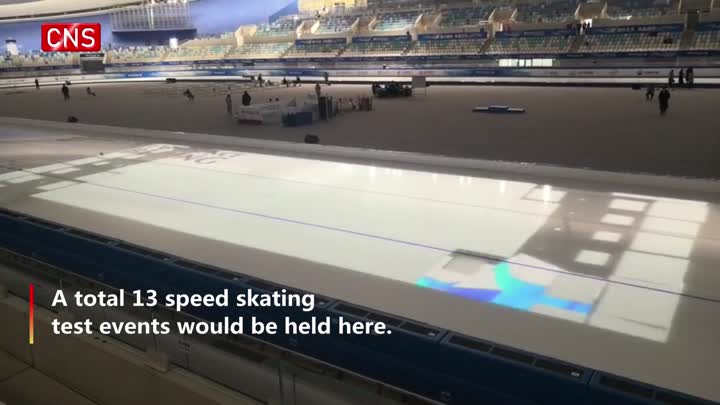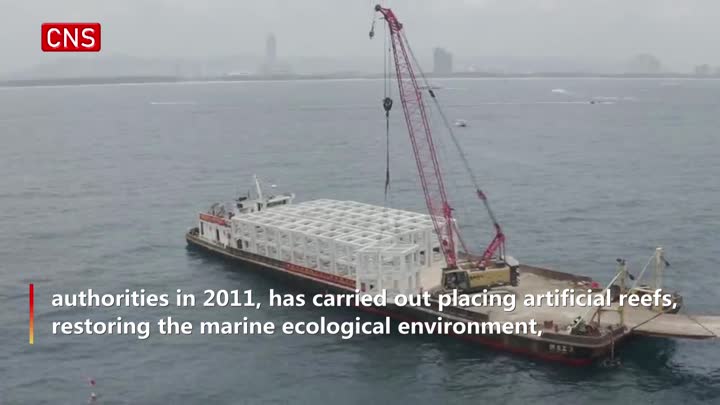POST-GAME UTILIZATION
Making stadiums transferrable is not only preparing for a successful Olympic Winter Games but also making sure they can satisfy people's different needs in different seasons.
Like Beijing 2008 did in leaving legacies for the city and the development of the sport across China, Beijing 2022 hopes to help fuel the passion for winter sports in the country and provide them with enough facilities to enjoy themselves.
As the only newly built ice sports venue in the Beijing competition zone, the National Speed Skating Oval boasts an ice surface of around 12,000 square meters. It can seat 12,000 spectators, making it the largest speed skating venue in Asia.
Apart from technology highlights, including using carbon dioxide in ice-making and precise controlling temperature and thickness of ice surfaces, the venue's multi-functionality also sets the example in post-game utilization.
Ma Jin, the design director of the ice-making project, told Xinhua that the ice in the oval had adopted a submodule control unit, dividing the ice surface into several areas and making ice according to varying standards.
During ordinary times, it can receive more than 2,000 citizens at the same time and be utilized for ice hockey, speed skating, figure skating, curling, and other ice sports at the same time.
"The purpose is to give full consideration to post-competition utilization and provide hardware support for mass fitness and to meet various needs," he said.
Similarly, the National Indoor Stadium features ice surfaces that can change size for standard ice hockey or figure skating field of play. In fact, the two surfaces were newly added to the 2008 gymnastics, trampoline, and handball venue for men's ice hockey competitions during Beijing 2022.









